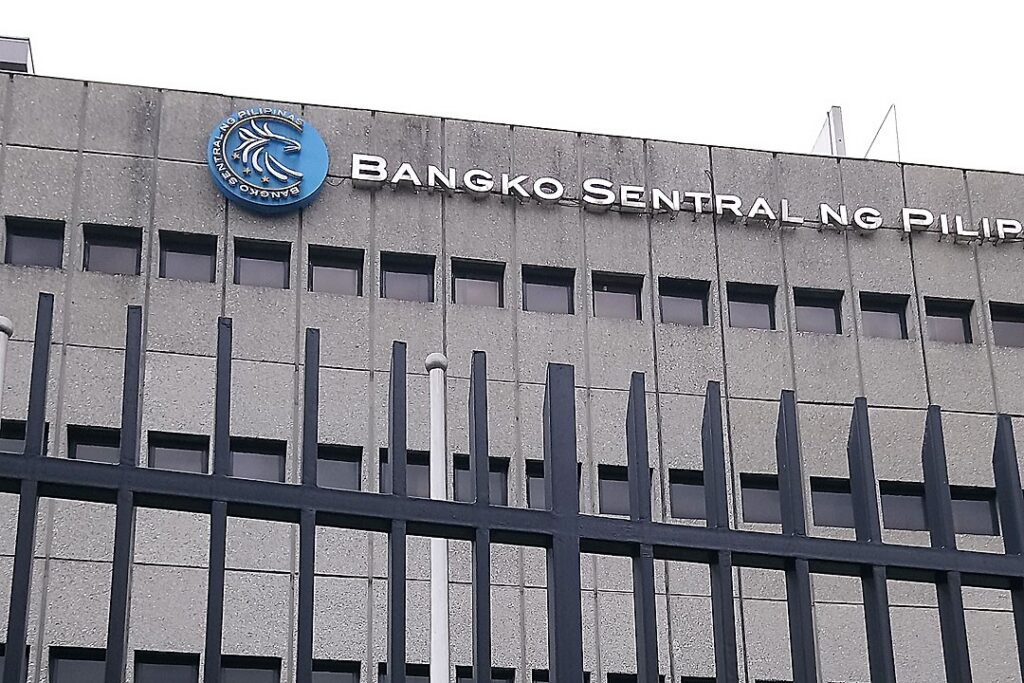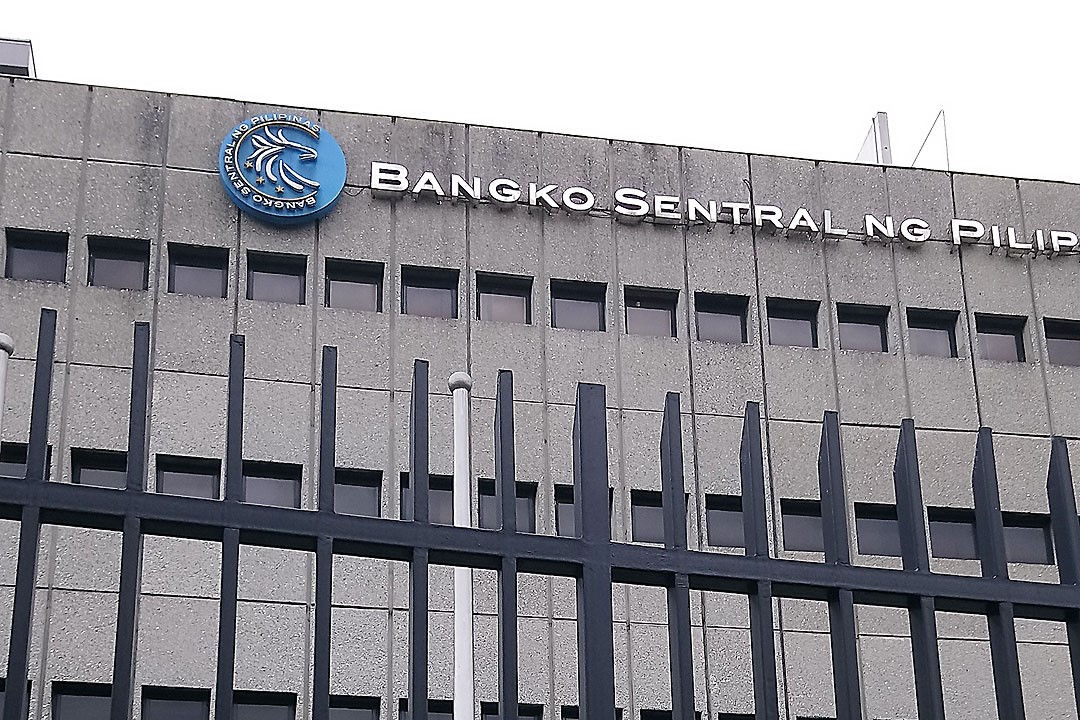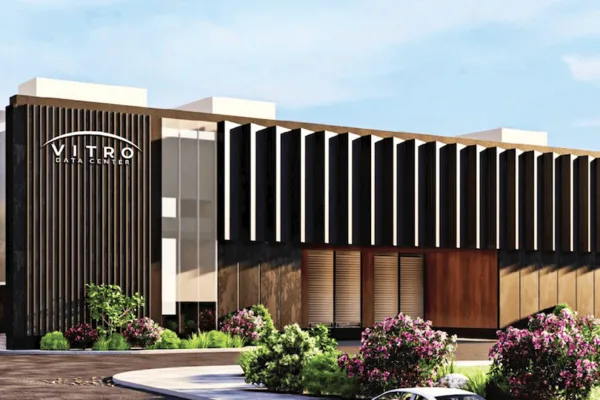To restore the profitability of banks and guarantee business continuity, the Bangko Sentral ng Pilipinas (BSP) has recently advised mid-sized banks to create and submit their recovery frameworks against high-stress scenarios.

Facade shot of the BSP building in Manila (IMAGE CREDIT: www.bsp.gov.ph)
Speaking during the 2023 annual convention of the Chamber of Thrift Banks (CTB), BSP Deputy Governor Chuchi Fonacier stated that the recovery plan requirements — which were previously limited to domestic systemically important banks (DSIBs) or depository corporations — have since been expanded to now also apply to all types of banks, including thrift banks.
“Banks should have recovery plans in place to be able to respond quickly, effectively, and credibly to situations of financial stress to protect depositors and, in turn, safeguard the stability of the financial system,” Fonacier said.
According to Fonacier, the COVID-19 outbreak highlighted the necessity to make sure that all banks can now quickly and orderly reestablish their financial soundness.
In the same event, Fonacier also stated that all banks, including those controlled by the government, are expected to submit recovery plans that are appropriate for their size, operational complexity, overall risk profile, and systemic significance.
The BSP official said that to give the banks enough time to establish their frameworks, they will be given a transition period with which to submit their first recovery plan, which is on or before June 30, 2024.
Recovery planning: a crucial step in lowering potential hazards
Recovery planning is a crucial step in lowering the potential hazards that a distressed or disorderly failure of a bank poses to the stability of the financial system and the economy.
To protect depositors and other customers, as well as to promote viability and preserve shareholder value, banks must be able to respond swiftly, efficiently, and convincingly to financial stress situations. This is made possible by recovery planning, which is a key component of a risk management framework.
Data shows that the nation’s thrift banks are more solid and resistant to external shocks than they were a year ago.
The Philippine Banking System (PBS), which continues to perform well as evidenced by sustained growth in their assets, deposits, and profit as well as by stable capital and liquidity buffers and sizable loan loss reserves, modestly follows the positive trend.
As of the end of June this year, the thrift banking group’s total assets increased slightly by 2.2 percent to P949.7 billion, largely due to increases in deposits, which increased by one percent to P717.2 billion. The loan book of thrift banks also increased by 14.1 percent to P647.7 billion, driven mostly by loans to the household sector. Thrift bank profits also increased by 27.1 percent, from P7.7 billion to P9.8 billion.
According to Fonacier, “This number suggests that thrift banks continue to enjoy depositor confidence and point to room for the thrift bank industry to grow further.”
“This exceeded the pre-pandemic compounded annual growth rate in net profit, which averaged 5.3 percent,” she further claimed.








